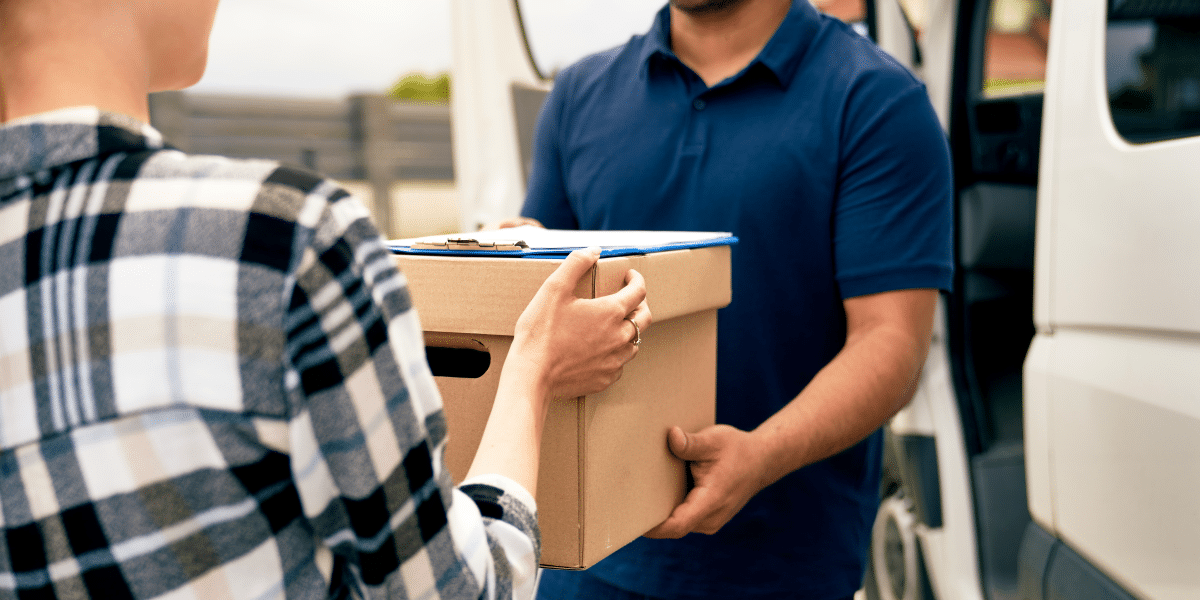In recent years, the online shopping industry has undergone a massive transformation. With the quick growth of e-commerce, consumers have become accustomed to convenience, speed, and efficiency in their purchasing experiences.
At the core of this evolution is the role of delivery services, which have become increasingly critical in ensuring that products reach customers promptly and safely. While many retailers have their in-house delivery options, the rise of third-party delivery services has revolutionized how products are shipped and received.
Role of Third-Party Delivery Services
Third-party delivery services are essential intermediaries in the retail sector, managing the logistics of shipping goods from warehouses or stores directly to consumers. By outsourcing delivery operations, retailers can focus on their primary business functions while leaving the complexities of logistics to specialized providers.
This model rapidly evolves beyond traditional retail to include sectors such as pharmaceuticals and electronics. With advancements in technology and logistics, these services are becoming increasingly adept at handling a wide range of products to ensure that customers receive their orders efficiently and reliably.
Reasons Behind the Growing Popularity
One of the key reasons for the surge in popularity of third-party delivery is the convenience they offer. For businesses, especially smaller retailers or those without extensive logistical capabilities, partnering with third-party services enables them to scale their operations without needing large infrastructure investments.
By outsourcing delivery, businesses can quickly meet customer demand and offer same-day or next-day services, which shoppers increasingly expect.
Expanding Beyond Food and Groceries
Initially, third-party delivery services primarily focused on food and grocery items, but their scope has broadened significantly. Retail giants like Walmart, Target, and Best Buy have all partnered with third-party delivery services to provide quick and efficient delivery for their wide range of products, from electronics to home essentials.
This has opened up a new world of possibilities for retailers, particularly those looking to compete with e-commerce powerhouses like Amazon.
Pharmaceutical companies have also tapped into third-party delivery networks to provide customers with same-day deliveries of prescription medications. This is a significant development, especially for elderly and disabled individuals who may face challenges visiting brick-and-mortar pharmacies.
Cost-Efficiency for Businesses
Setting up and managing an in-house delivery system for retailers can be costly and complex. This involves investing in delivery vehicles, hiring drivers, and building the necessary technological infrastructure to manage orders, routes, and customer communications. The cost of such an operation can be prohibitive for smaller businesses or even large companies that prefer to focus on other aspects of their operations.
Meeting Customer Expectations
As online shopping continues to evolve, customer expectations have shifted dramatically. Speedy delivery, real-time tracking, and flexible delivery options are now expected features of a seamless shopping experience. In fact, studies show that a significant portion of consumers are willing to pay extra for faster delivery options.
Environmental and Sustainability Considerations
Another important factor that positions third-party delivery services as the future of online shopping is their growing focus on sustainability. Many delivery services are:
- Investing in electric vehicles
- Optimizing delivery routes to reduce carbon emissions
- Implementing reusable packaging solutions to reduce waste
As consumers become more environmentally conscious, the demand for sustainable delivery options is increasing, and third-party services are adapting to meet this need.
By pooling deliveries from multiple retailers, delivery services can reduce the number of vehicles on the road. This innovation is crucial in a world where e-commerce is growing rapidly, and sustainability is becoming a priority for consumers and businesses.
Future Trends in Third-Party Delivery Services
Below are some key trends:
- Branching Out: These services move beyond regular retail to handle specialized items like pharmaceuticals and electronics. This means they’re becoming better equipped to manage sensitive and high-value products with extra care.
- Tech Upgrades: With advancements in technology, such as real-time tracking and automated systems, deliveries are getting faster and more accurate. This tech helps companies handle more orders and improves the overall customer experience.
- Going Green: As sustainability becomes a priority, many delivery services adopt eco-friendly practices. This includes using green packaging, optimizing delivery routes to reduce emissions, and investing in electric vehicles.
- Personal Touch: Data analytics is enabling more personalized delivery options. Customers can now enjoy customized delivery times and tailored notifications, making the experience more convenient and satisfying.
- Faster Deliveries: The push for quicker service is stronger than ever. Third-party delivery services are ramping up their same-day and on-demand capabilities to meet the growing demand for speed.
Partner With a Third-Party Delivery Service
Third-party delivery services have already reshaped online shopping and will continue to play a pivotal role in the future of e-commerce. Their knack for providing convenience, flexibility, and cost savings makes them indispensable to businesses and consumers.
As technology advances and sustainability becomes a priority, these services are set to drive the next wave of e-commerce innovation. Ready to simplify your delivery operations and stay ahead of the curve? Discover how DutchX can upgrade your logistics game.
Published by: Nelly Chavez


















